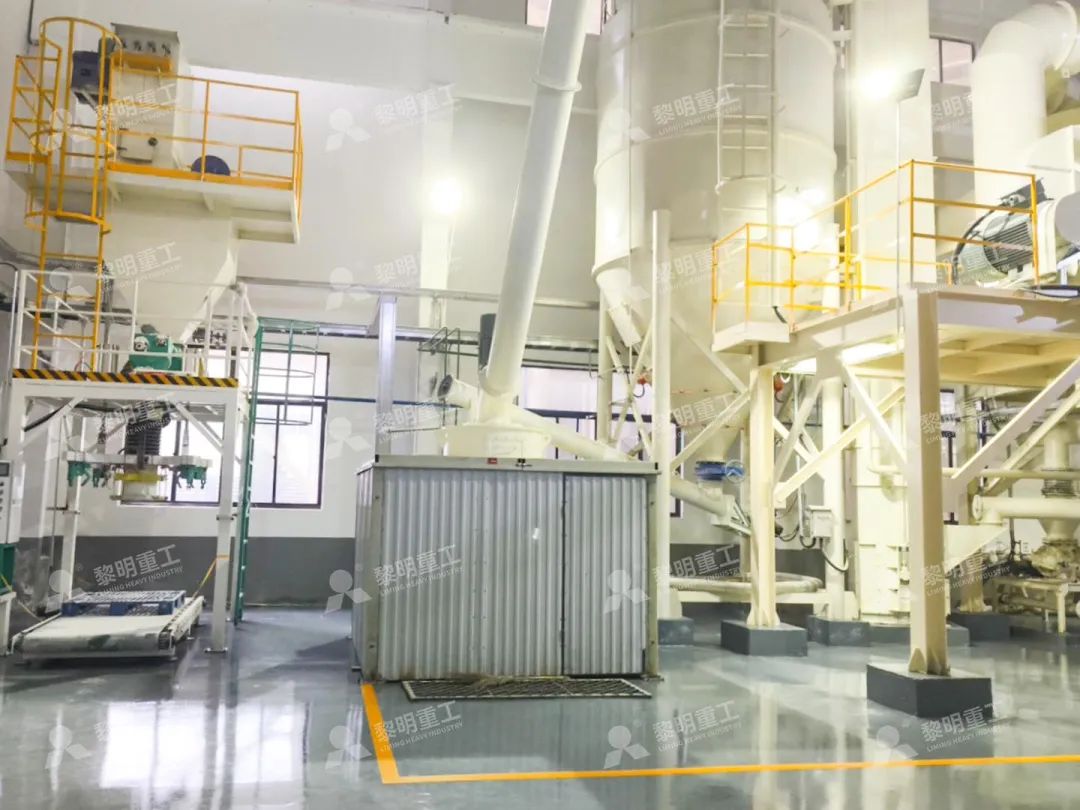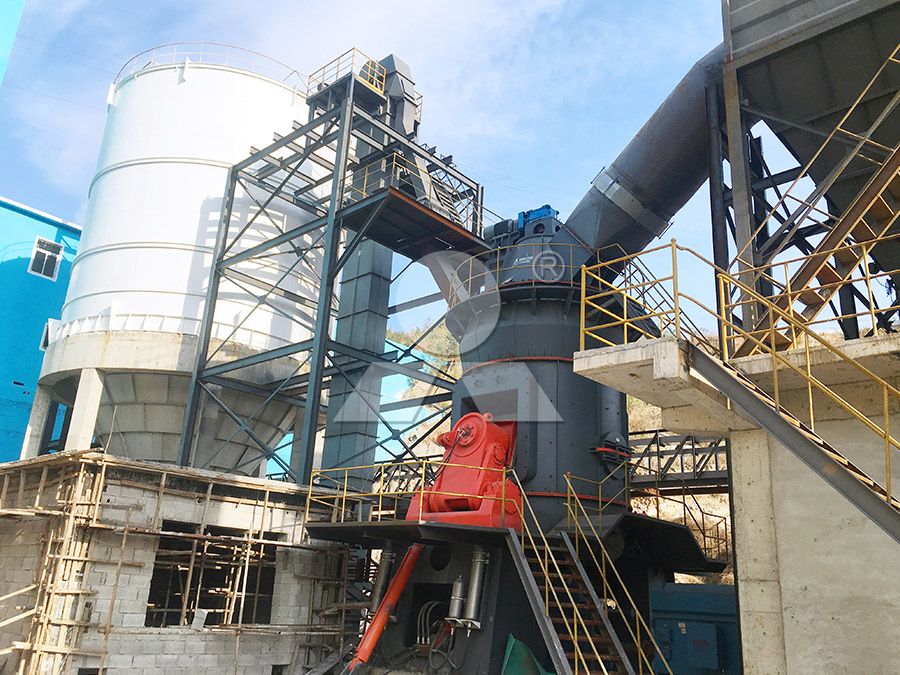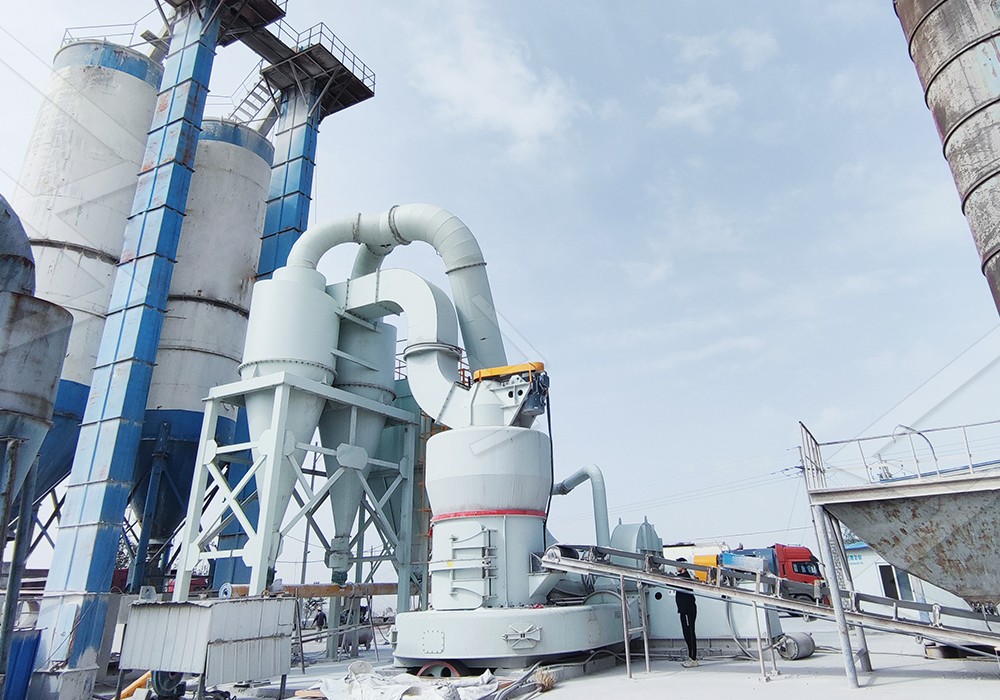High-Quality Sand and Stone Grinding Equipment for Efficient Production
High-Quality Sand and Stone Grinding Equipment for Efficient Production
In today’s competitive industrial landscape, achieving optimal efficiency in sand and stone processing requires specialized grinding equipment that delivers consistent performance, operational reliability, and environmental compliance. The selection of appropriate grinding machinery directly impacts production costs, product quality, and overall operational sustainability.
Modern grinding technology has evolved significantly from traditional methods, incorporating advanced engineering principles that maximize throughput while minimizing energy consumption. The most effective grinding solutions integrate multiple processes—crushing, drying, grinding, classifying, and conveying—into streamlined systems that reduce operational complexity and space requirements.

Advanced Grinding Solutions for Diverse Applications
Different mineral processing applications demand specific grinding approaches. For operations requiring ultra-fine powder production with particle sizes ranging from 325 to 2500 meshes, the MW Ultrafine Grinding Mill represents a technological breakthrough. This sophisticated equipment handles input materials up to 20 mm in size with production capacities ranging from 0.5 to 25 tons per hour, making it suitable for various industrial scales.
The MW series incorporates several proprietary technologies that distinguish it from conventional grinding systems. Its innovative cage-type powder selector, developed using German engineering principles, ensures precise particle separation with screening rates achieving d97≤5μm in a single pass. This precision directly translates to superior product consistency and reduced reprocessing requirements.
Engineering Excellence in Grinding Technology
What truly sets high-performance grinding equipment apart is the attention to operational reliability. The MW Ultrafine Grinding Mill eliminates common failure points by excluding rolling bearings and screws from the grinding chamber entirely. This design philosophy prevents bearing damage and eliminates machine failures caused by loose fasteners, significantly enhancing equipment longevity.
Operational efficiency extends beyond mechanical reliability to environmental considerations. Modern grinding systems must address dust control and noise reduction without compromising production capacity. The integration of efficient pulse dust collectors and specialized mufflers ensures compliance with stringent environmental standards while maintaining uninterrupted production cycles.

Vertical Grinding Innovations
For operations prioritizing space efficiency and energy conservation, vertical grinding mills offer compelling advantages. The LUM Ultrafine Vertical Grinding Mill combines Taiwanese grinding roller technology with German powder separation expertise to create a compact system capable of processing 5-18 tons per hour with input sizes up to 10 mm.
This vertical configuration integrates multiple processes within a single footprint, reducing overall facility space requirements by approximately 50% compared to traditional ball mill systems. The energy savings are equally impressive, with documented reductions of 30-50% in power consumption while maintaining equivalent production outputs.
Operational Considerations for Maximum Efficiency
Successful grinding operations depend on more than just equipment selection. Proper system integration, regular maintenance protocols, and operator training significantly impact long-term performance. Modern grinding mills incorporate digital control systems that enable precise adjustment of grinding pressure, rotational speed, and other critical parameters to optimize for specific material characteristics.
The availability of genuine spare parts and comprehensive technical support ensures continuous operation and minimizes downtime. Equipment manufacturers that maintain complete production and service capabilities provide invaluable peace of mind for operations managers focused on maintaining consistent production schedules.

Frequently Asked Questions
What maintenance requirements should I expect with modern grinding equipment?
Contemporary grinding systems are designed for minimal maintenance intervention. The MW Ultrafine Grinding Mill, for instance, features external lubrication systems that allow maintenance without production stoppages. Regular inspections and preventive maintenance typically involve checking wear parts, verifying system calibrations, and ensuring dust collection efficiency.
How does grinding equipment impact final product quality?
Advanced grinding systems directly influence product characteristics through precise particle size control and minimal contamination. Equipment like the LUM Ultrafine Vertical Grinding Mill incorporates specialized roller shells and lining plates that enhance product whiteness and purity by reducing iron content and preventing over-grinding.
What environmental considerations are addressed in modern grinding systems?
Leading grinding equipment incorporates multiple environmental protection features, including pulse dust collectors that eliminate particulate emissions, noise reduction technologies that minimize acoustic impact, and energy-efficient designs that reduce overall power consumption. Closed-system operations prevent material loss and environmental contamination.
How do I determine the appropriate grinding equipment for my specific application?
Equipment selection depends on multiple factors including material characteristics, required production capacity, target particle size distribution, and facility constraints. Consulting with technical experts who can analyze your specific requirements and recommend tailored solutions ensures optimal system performance and return on investment.
